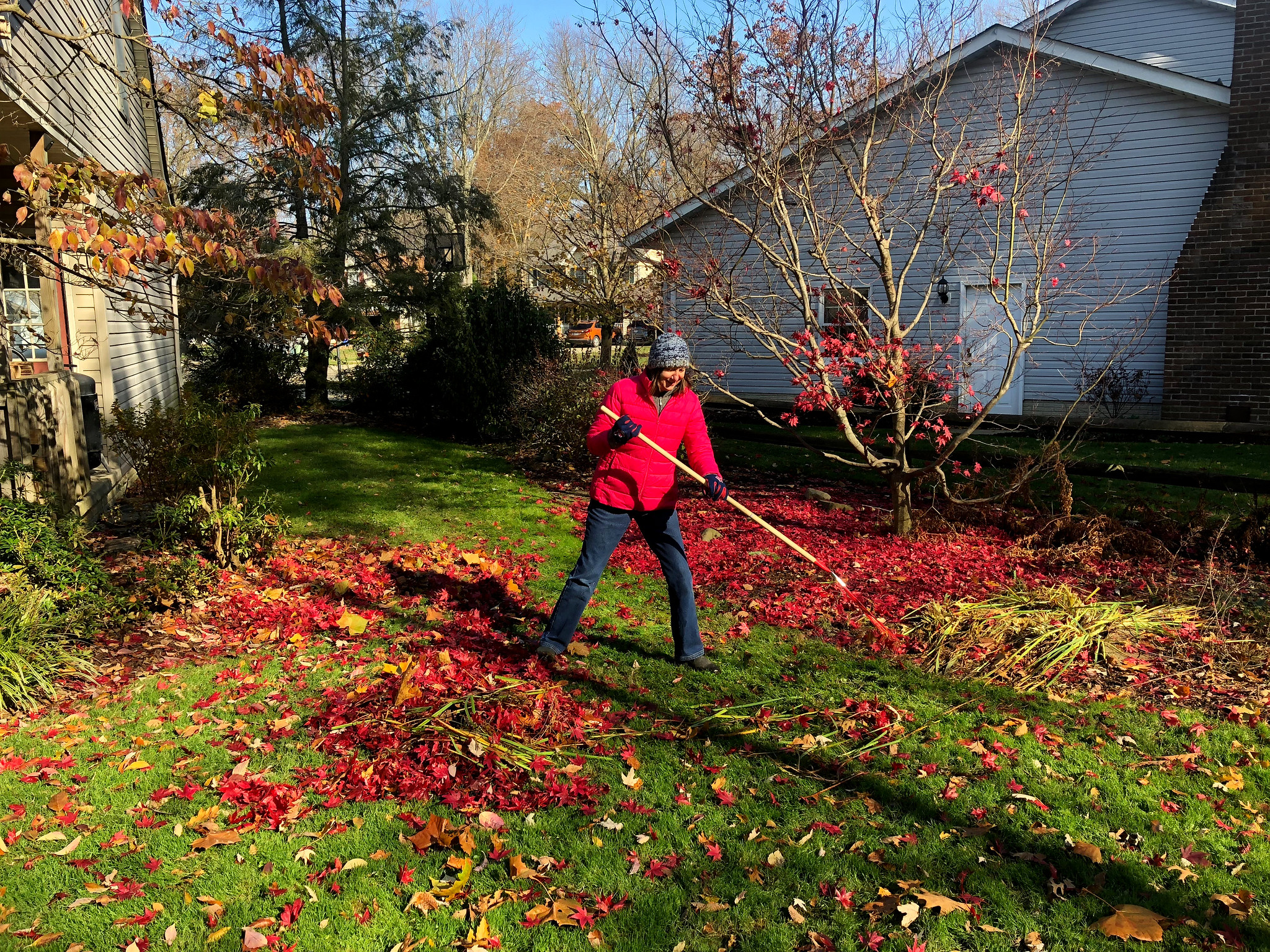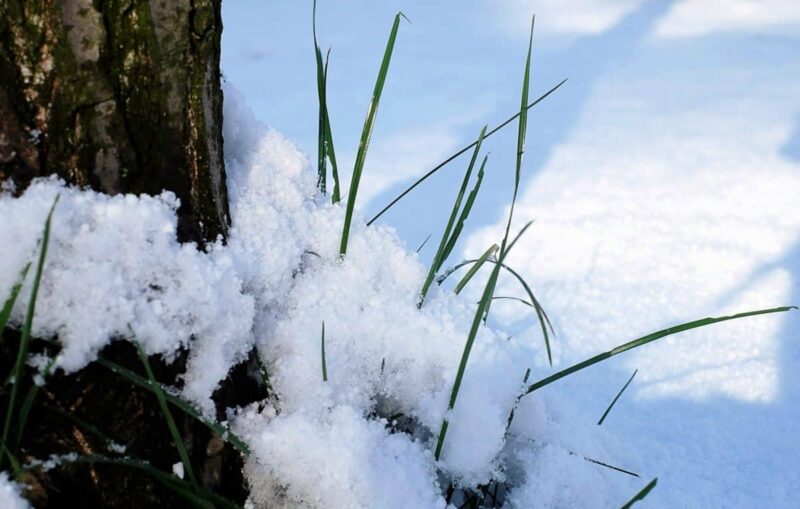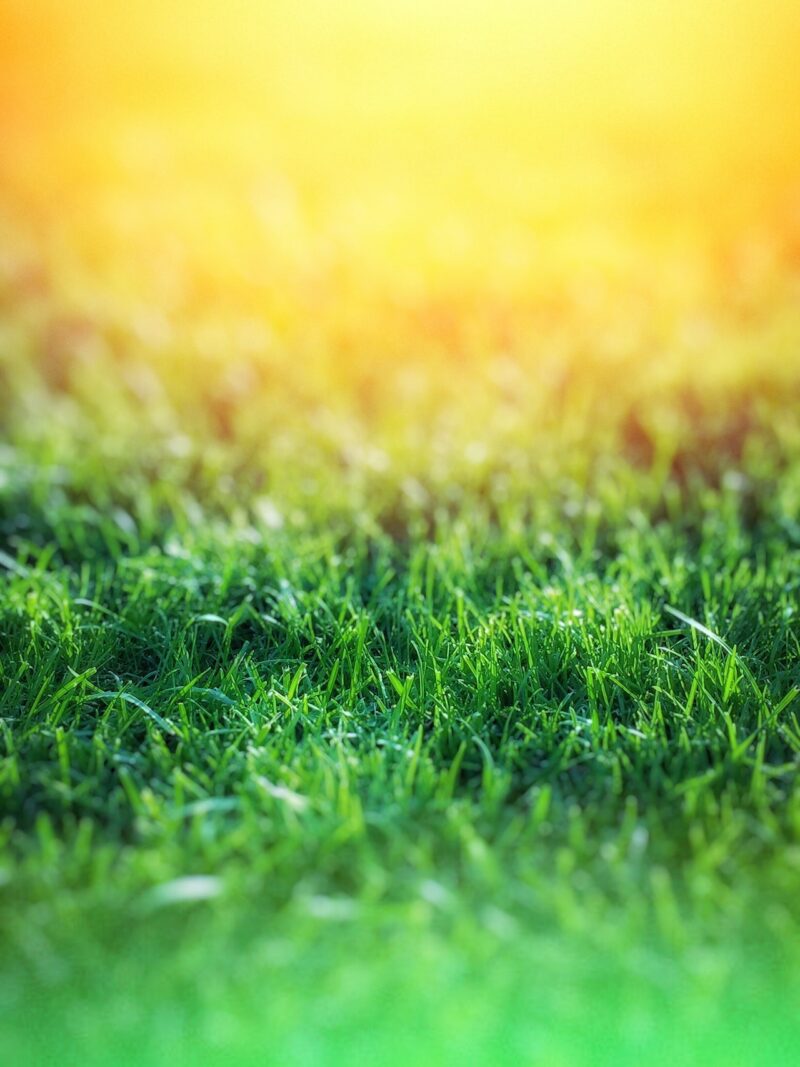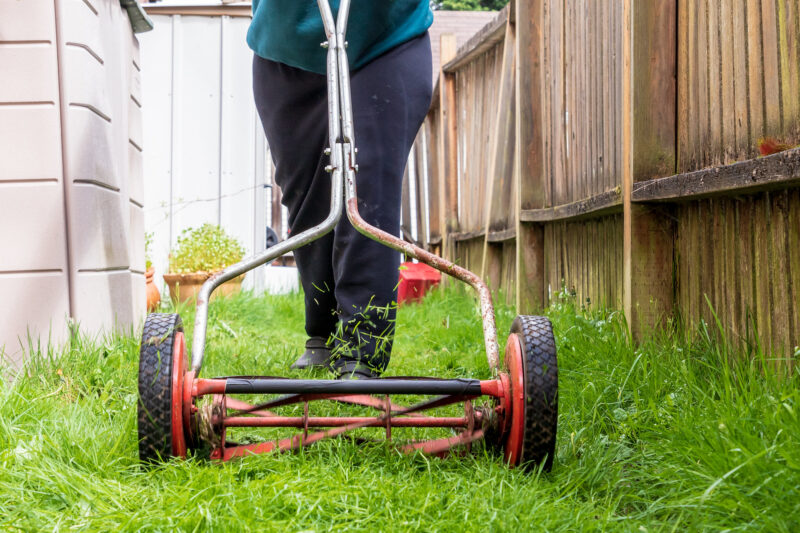Each year as the spring approaches, many homeowners anxiously wait and watch for their lawns to green up. How quickly does this happen with your lawn? Do you feel like you are starting over every year?
This info sheet will touch on a few things you can do both in spring and in the fall to minimize the harsh damage and resulting frustration that can ensue with winter damage to lawns.
First of all, it’s important to remember that lawns are living organisms that need to properly care for all year round. Just like summer heat waves or droughts, a long hard winter can wreak havoc on your lawn.
Secondly, the timing of winter’s arrival and the type of winter can often determine how much damage your lawn will suffer. Conditions and timing will obviously vary across North America.
Winter Problems
Ice (Freeze/Thaw)
Lawns with poor drainage are particularly susceptible to ice damage. When standing water is allowed to remain on the lawn followed by a rapid drop in temperature, damage occurs to the tender crowns and tissues of grass plants. Damage is most severe in winters that have fluctuating cold and mild temperatures.
A similar form of winter damage that can occur on lawns results from foot traffic during wet slushy conditions, followed by a rapid freeze.
Ensuring the lawn has proper drainage prior to the onset of winter is a good way to minimize ice damage. This is accomplished by filling in low-lying areas of the lawn where water has the potential to sit.
Core aeration performed in late summer or fall will further promote adequate drainage on a lawn. Foot traffic damage can be avoided by ensuring people and pets remain off the lawn during slushy conditions.
In general, the less standing water and foot traffic on a lawn during the winter, the better.
Road Salt/Sand
Salt and sand from roads and driveways can also create problems when dispersed on lawns during winter months. Salt in particular, and sand to a lesser extent, modifies soil growing conditions in a lawn to the point that the growth and development of the turf grass plants in an affected area are seriously impaired. Damage usually occurs in late winter or early spring.
Spring and early summer rains help dissipate high salt concentrations in the soil, thus gradually returning the soil to a more suitable growing medium. Unfortunately, we are unable to control the sanding and salting activities performed by city or town officials.
However, we can avoid using excessive amounts of these materials on our own driveways and walkways in an effort to protect our lawns from potential damage.
Winter Diseases
For a wide variety of reasons, lawns can become diseased over the winter. These diseases are known as snow molds (pink and grey). Snow molds give the lawn a pink/grey, matted appearance and need approximately 40 days of snow cover to develop. These diseases are the primary reason why a lawn takes longer than normal to green up in the spring and start growing.
The onset of snow molds is usually more pronounced on lawns that went into the winter months with the grass cut too long, and/or there was a lot of foot traffic compacting the lawn and soil over the winter months.
Ideally, a lawn should shut down as a plant system and store reserves in its root system to prepare itself for winter. This is referred to as fall/winter dormancy. Sometimes the snow of winter comes (and stays) before the grass has gone dormant. This makes snow mold issues unavoidable and more pronounced.
Read Also:
Year-Round Lawn Care
To give the grass the best chance of surviving winter damage, your lawn needs to care for all year. Spring and fall are particularly important. The following practices should be emphasized at these times of the year.
Fertilization
Spring
Spring fertilization is of particular importance, especially after a cold or harsh winter. Encouraging growth is an excellent way to help your lawn essentially grow out of things like snow molds. When fertilizing in the spring, it is important not to fertilize too early, particularly if you fertilized in the late fall of the preceding year. If you encourage new growth in your lawn too early, you run the risk of a late winter or early spring cold snap of weather causing damage to new tender young shoots of grass.
Fall
While a balanced fertilization program throughout the entire season is important, autumn is the most critical time to fertilize your lawn. While you may not be mowing as often in the fall, it is important to remember that the roots of your lawn are still growing. It is during the cool days of the fall that the grass plant slows its top growth and begins storing nutrients and sugars for the harsh months ahead. The storing process continues for as long as the plant is green.
Fall fertilization is critical. This is the time when the plant is building reserves to maintain its health, thus determining the quality of next year’s lawn. Nitrogen (in slow-release form only) and potassium are essential parts of this process.
Once the summer’s rations are used up, the grass plant is ready for another feeding in the fall to increase root growth and fill them with food. These nutrients are also extremely beneficial for increasing the plant’s resistance to damaging diseases, which will often attack when the plant is in a weakened state.
Mechanical Core Aeration
Whether it’s done in the spring or fall, the benefits of aeration to the grass plant cannot be emphasized enough. Mechanical core aeration reduces soil compaction and excessive thatch and provides a top dressing for the lawn.
By breaking up compaction and removing excess thatch, the infiltration of fertilizer nutrients, grass seed (if introduced), sunlight, and air down into the soil are greatly improved.
With this improved movement of needed elements, the root system of the grass is encouraged to grow. By greatly improving root growth, the grass plant can reach and store more nutrients and water, necessary to improve its health and stress tolerance, which will directly benefit the lawn’s quality next year.
As mentioned earlier, aerating in the fall can also help reduce standing water on the lawn which minimizes ice damage.
Mowing
Mowing often enough to remove only the top 1/3 of the leaf at a time with a razor-sharp lawn mower blade is the foundation of proper mowing.
The optimal mowing height for your lawn should be 6.5 – 7.5 cm (2-1/2 – 3”) during cool or wet weather and 7.5 – 8.5 cm (3 – 3-1/2”) in the summer heat. This will keep the grass healthy and thick.
A lush thick lawn provides more soil surface shading, which helps prevent the establishment of many annual grassy and broadleaf weeds. Maintaining a dense and healthy lawn is the best weed control.
Spring
The lawn mower settings you choose for the first spring mowing will in large part depend on the condition of your lawn. If your lawn appears to be long, matted down and perhaps infected with snow mold, you will have to rake it first to stand the blades straight up.
The lawn should then be mowed at 1.3 cm (1/2”) below your summer mowing height. This will remove the majority of infected tissue, which will stimulate new growth and promote that long-awaited green-up.
If the lawn appears to have been cut at the proper height the preceding fall, you should not need to mow it shorter to encourage green-up. This should happen naturally, perhaps with the help of a light raking.
Fall
Whether it’s done in the heat of summer or in the cool temperatures of the fall when the growth rate of your lawn slows down, short mowing can be damaging either way. Your mower should be set at the maximum height when the cool weather of autumn arrives. This will help stimulate stunted roots.
For the final mowing of the year, however, lower your mowing height by 1.3 cm (1/2”) below the standard summer mowing height. This will help the foliage prepare itself for winter and avoid damage from the disease.
As well, the clippings from the final mowing should be left on the lawn as mulch only if a mulching mower can be used. This will supply nutrients and protect the base of each grass blade (known as the crown), which is the most delicate part of the plant.
Raking
Spring
Sometimes when the lawn is matted down with various winter damage symptoms, a good raking will remove excess leaves or debris and stand the grass blades straight up to prepare it for its first mowing of the year.
This will also air the grass plants out, exposing all parts of the plant to the sun, which encourages growth and green-up. If the ground is too wet and/or a stiff garden rake is used, a lot of desirable grasses can be unintentionally removed. In addition to using a proper leaf or fan rake, it is important not to begin spring raking too early.
Fall
It is important to remove all large piles of debris that cannot be mulched back into the lawn with your lawn mower. As mentioned above, a light layer of mulch is beneficial.
However, large quantities of debris will not break down quickly, which will damage the lawn by suffocating it. This debris will also provide an ideal environment for damaging disease organisms and rodents which can wreak havoc on your lawn the following spring.
Professional Services
Following these tips should help you to minimize the damage caused to your lawn by unfavorable winter weather conditions. Note that specific recommendations and advice will differ by region.
You can always enlist the help of a knowledgeable turf management professional who understands the subtleties of these lawn care requirements; they can take a worry off your mind and help to give you an excellent green lawn each spring!
Perla Irish, who is more familiarly known as Irish, is the Content Manager at newfld.com. She loves following trends around home and garden, interior design and digital marketing. Through this blog, Irish wants to share information and help readers solve the problems they are experiencing.




